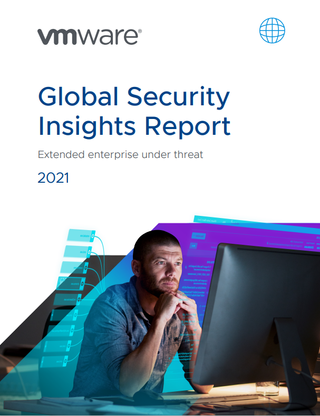Researchers disclose top flaws abused by ransomware gangs
Easy-to-follow list may give organizations time to prepare for ransomware attacks

Security researchers have prepared a list of flaws commonly used by cyber crime gangs in ransomware attacks to infiltrate victim’s networks.
Last weekend, Allan Liska, a member of Recorded Future's CSIRT, tweeted the call to action to fellow security professionals. He asked his followers to send in the vulnerabilities they often see used to gain access to networks.
In the space of day, various contributors listed security flaws found in several products from hardware and software vendors. Pancek3, another researcher on Twitter, created and later tweeted out, a simple diagram of flaws commonly used in ransomware attacks that should enable organizations to prioritize points of their infrastructure that need defending.
Among the flaws used by ransomware attacks are ones found in Pulse SecureVPN, Citrix, Microsoft Exchange, Fortinet, and SonicWall, to name a few.
Liska and others’ efforts over the last few days come after various government and private company initiatives to fend off the growing surge in ransomware attacks.
Last month, CISA, Microsoft, Google Cloud, and AWS, launched a Joint Cyber Defense Collaborative (JCDC), to guard critical infrastructure against ransomware.
Earlier this year, CISA published a new module for its Cyber Security Evaluation Tool (CSET) to enable organizations to assess their security posture concerning ransomware attacks.
Get the ITPro. daily newsletter
Receive our latest news, industry updates, featured resources and more. Sign up today to receive our FREE report on AI cyber crime & security - newly updated for 2024.
Eoin Keary, CEO and founder of Edgescan told IT Pro that what is important to note is a significant number of the vulnerabilities are two to three years old.
“Industrialized cyber crime is not leveraging ‘zero day’ payloads or exploits, but rather focusing on the ‘old reliables.’ This brings me to the conclusion that we have a lot of work to do in terms of both continuous visibility, vulnerability detection and mitigation of discovered vulnerabilities, such as good patching cadence. The days of singular point-in-time penetration tests are over, and organizations need to move towards a more continuous model,” he said
Keary added: "Many ransomware attacks begin with a human-led breach followed by pivoting across the network and exploitation. It is also necessary to discuss ‘internal’ or non-public cyber security postures.”
“Prevention is important, but we also need more focus on resilience. Resilience can mean good vulnerability management, network segmentation, monitoring, and visibility as a start. In addition, simple activities like frequent backups can reduce the impact of a successful ransomware attack.”
Rene Millman is a freelance writer and broadcaster who covers cybersecurity, AI, IoT, and the cloud. He also works as a contributing analyst at GigaOm and has previously worked as an analyst for Gartner covering the infrastructure market. He has made numerous television appearances to give his views and expertise on technology trends and companies that affect and shape our lives. You can follow Rene Millman on Twitter.






